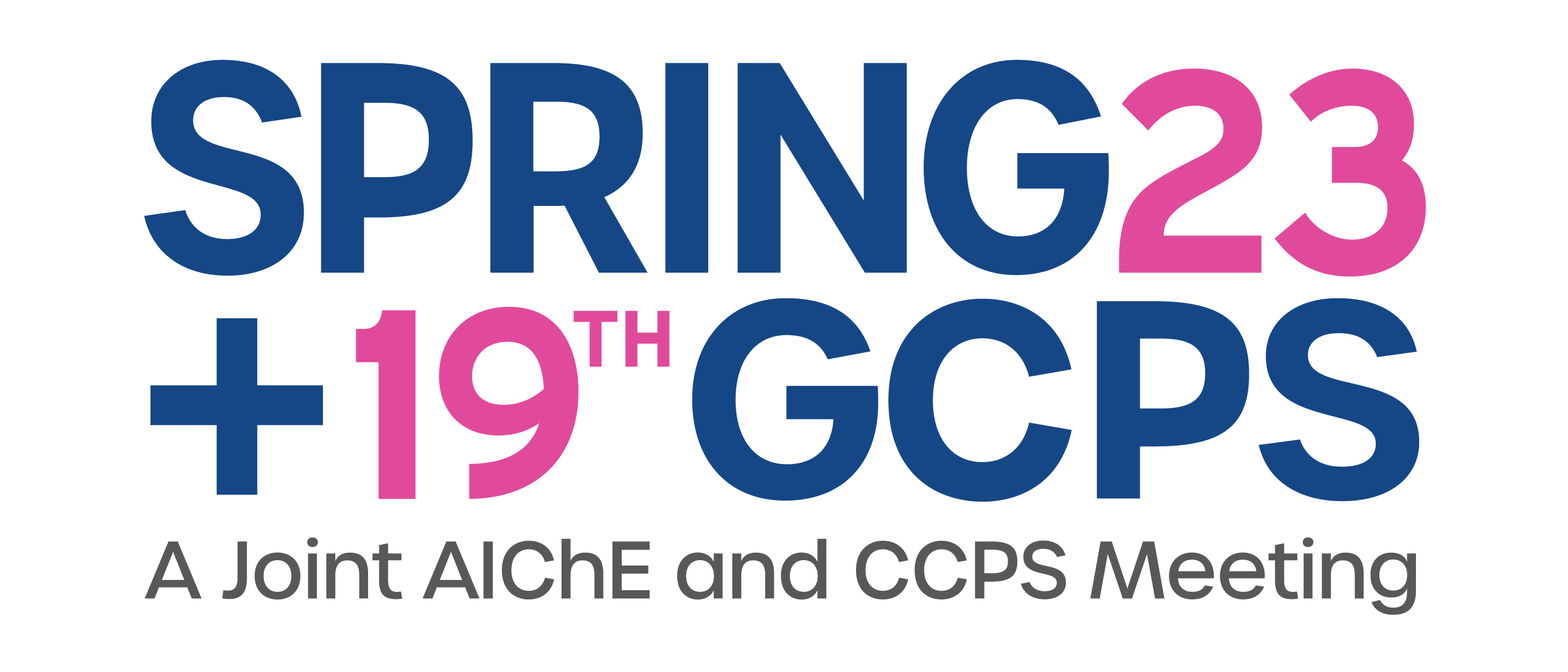

The majority of emissions from steam crackers is from combustion of hydrocarbons fuel that is obtained from the process as methane rich off gas. While the off gas contains some byproduct hydrogen, for most crackers the combustion of methane provides most of the required energy input. One of the methods to eliminate the CO2 emissions from steam cracking heaters is to use an alternate fuel source that does not contain any hydrocarbons. If this fuel source is obtainable (or is foreseeable in the near future), then making provisions to fire this fuel in the cracking heaters is an attractive option for ethylene producers to lower or potentially eliminate their CO2 emissions. This option offers a drastic reduction in CO2 emissions with relatively minor modifications in the ethylene plant, which should be weighed against other CO2 reduction options that involve fundamental changes to the recovery section and require a significant import of electricity.
Two carbon-free fuel sources that are currently being considered by the industry are hydrogen and ammonia. Both fuels produce zero CO2 but have vastly different characteristics that present unique challenges for the cracking heater design. This paper will discuss the impact of switching to hydrogen or ammonia on burner design, heater performance, and the current status of this technology
Presenter(s)
Once the content has been viewed and you have attested to it, you will be able to download and print a certificate for PDH credits.
If you have already viewed this content,
please click here
to login.
Language
Pricing
Individuals
| AIChE Member Credits | 0.5 |
| AIChE Pro Members | $19.00 |
| Fuels and Petrochemicals Division Members | Free |
| AIChE Graduate Student Members | Free |
| AIChE Undergraduate Student Members | Free |
| AIChE Explorer Members | $29.00 |
| Non-Members | $29.00 |
